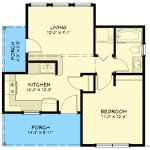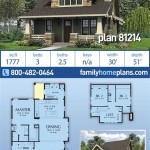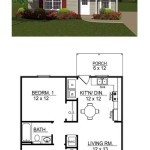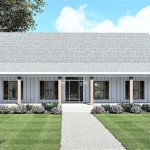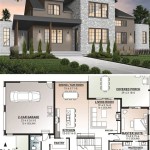Essential Aspects of House Building Plans
When building a house, having a well-designed plan is essential. House building plans provide a detailed roadmap for the construction process, ensuring that the finished product meets your needs and expectations. Here are some key aspects to consider when choosing and reviewing house building plans:1. Type of Plan: House building plans come in two main types: stock plans and custom plans. Stock plans are pre-designed plans that are available for purchase from various sources, while custom plans are designed specifically for your unique requirements.
2. Floor Plan: The floor plan outlines the layout of the house, including the location of rooms, windows, doors, and other features. Consider the number and size of bedrooms, bathrooms, kitchen, living area, and any special purpose rooms (e.g., study, home office).
3. Elevations: Elevations are drawings that show the exterior appearance of the house from different sides. They help you visualize the overall design and ensure that the house fits harmoniously with its surroundings.
4. Sections: Sections are detailed drawings that provide a vertical cross-section of the house. They show the construction details, such as the foundation, framing, and roof structure.
5. Specifications: Specifications provide a written description of the materials, finishes, appliances, and other components used in the construction of the house. They ensure that the house is built to a specified quality standard.
6. Energy Efficiency: Energy-efficient house building plans incorporate features that reduce energy consumption and lower utility bills. Consider factors such as insulation levels, window glazing, and the use of renewable energy sources.
7. Site Considerations: Before choosing a plan, consider the size, shape, and topography of your building site. The plan should be compatible with the site's characteristics and address factors such as drainage, soil conditions, and setbacks from neighboring properties.
8. Building Code Compliance: House building plans must comply with local building codes to ensure the safety and structural integrity of the finished house. Codes may include requirements for fire safety, energy efficiency, and accessibility.
9. Professional Review: It is advisable to have a qualified architect or engineer review your house building plans before construction begins. They can verify the accuracy, completeness, and code compliance of the plans.
10. Flexibility and Modifications: While it is essential to have a well-defined plan, some flexibility may be necessary during construction. Consider whether the plan allows for modifications to accommodate changing needs or unforeseen circumstances.
By carefully considering these aspects, you can choose house building plans that best suit your vision, budget, and lifestyle while ensuring a smooth and successful construction process.
Diffe Types Of Building Plans The Constructor

Diffe Types Of Building Plans The Constructor

Diffe Types Of Residential Building Plans And Designs First Floor Plan House Design

Apartment Build Floor Plan Residential Building Design Bungalow Plans

Floor Plans Types Symbols Examples

Floor Plans Types Symbols Examples

Floor Plans Types Symbols Examples
Amazing House Plans Building Types Of Planning

Why House Planning Is Important And Type Of Plans

How To Read A Floor Plan And Design The Perfect Home For You

